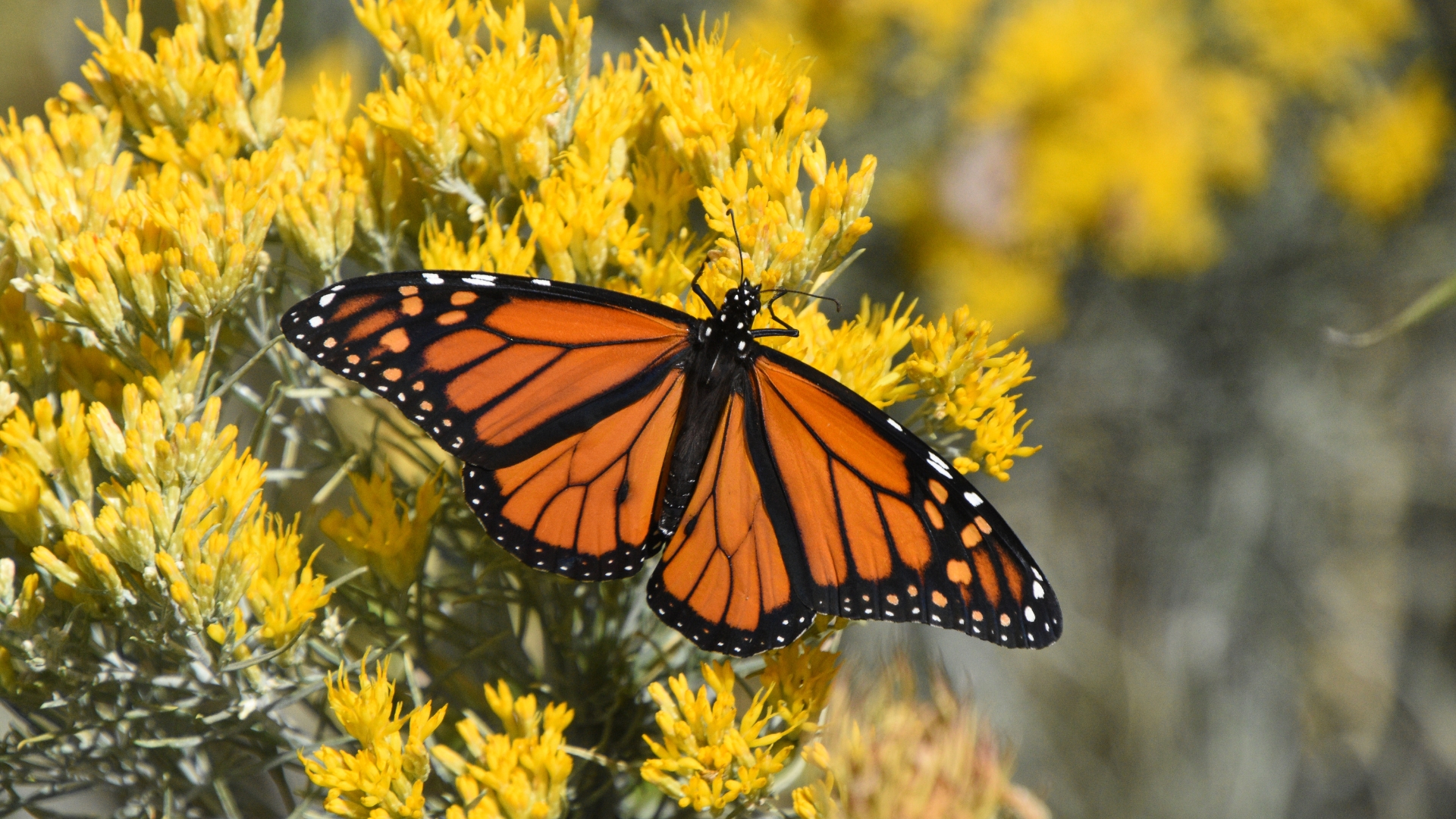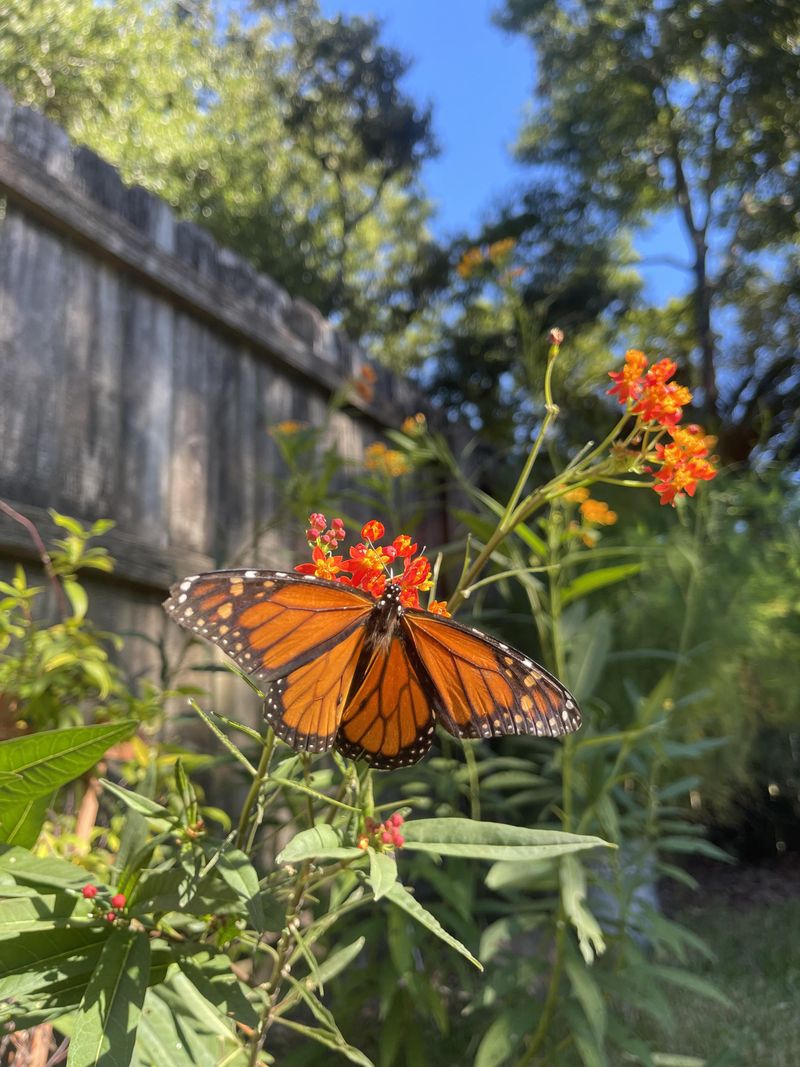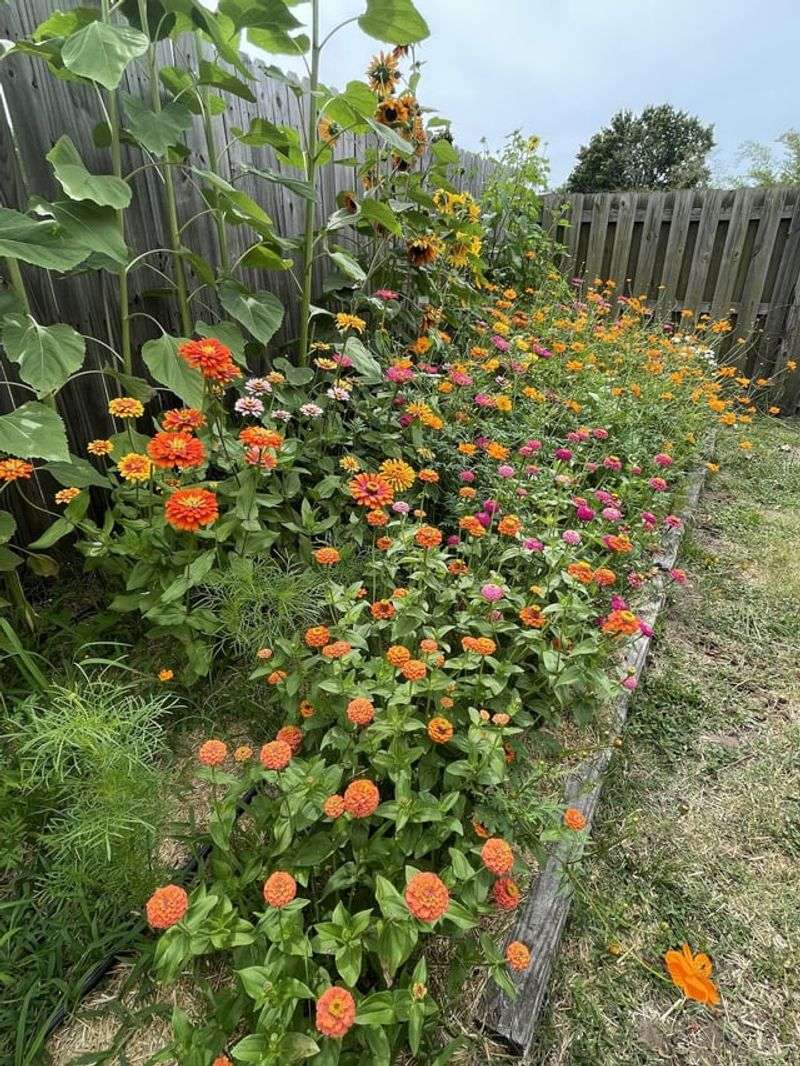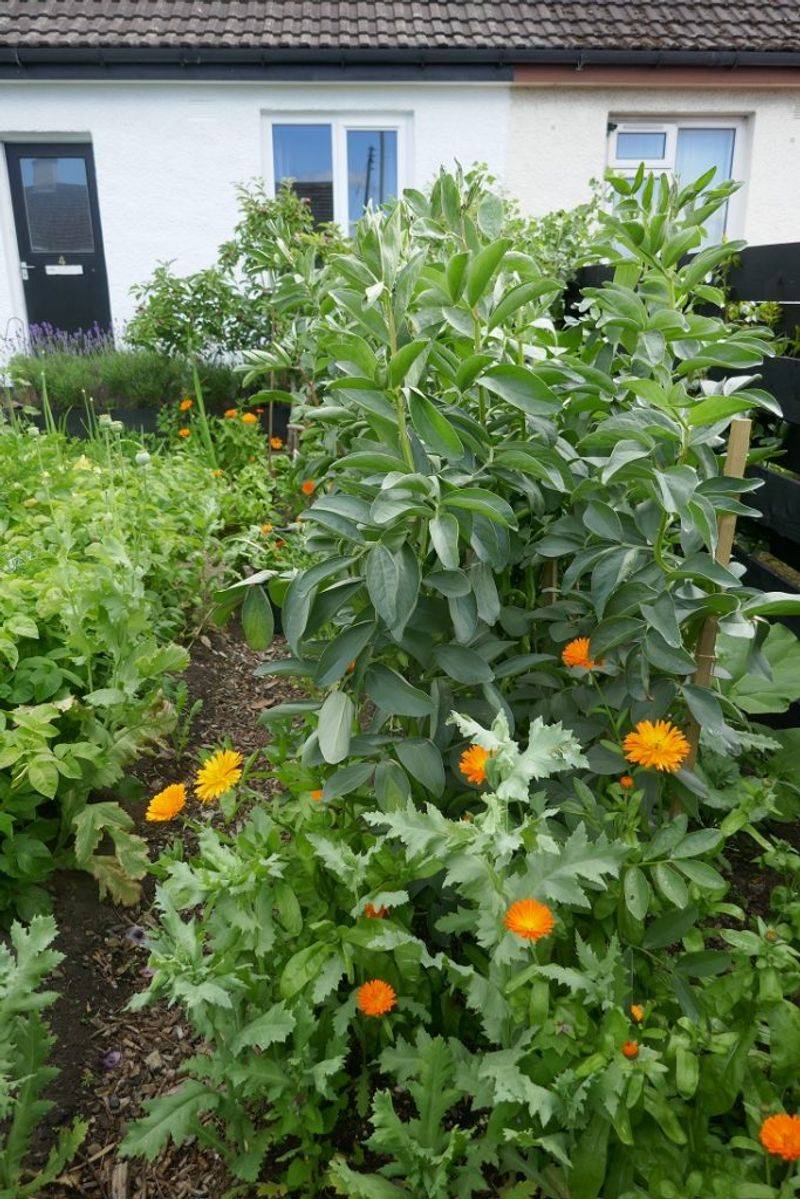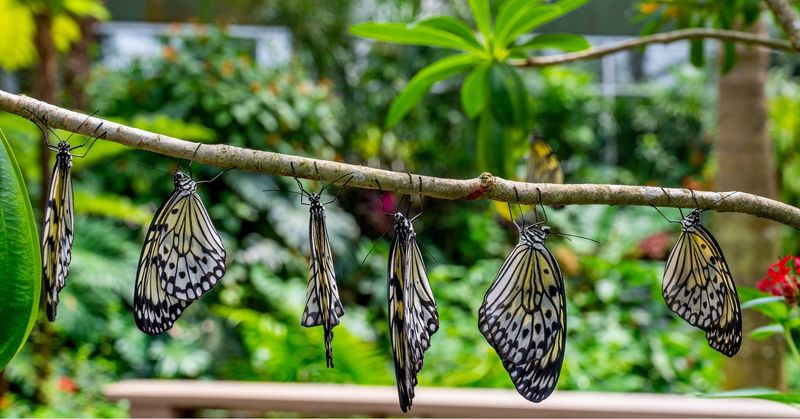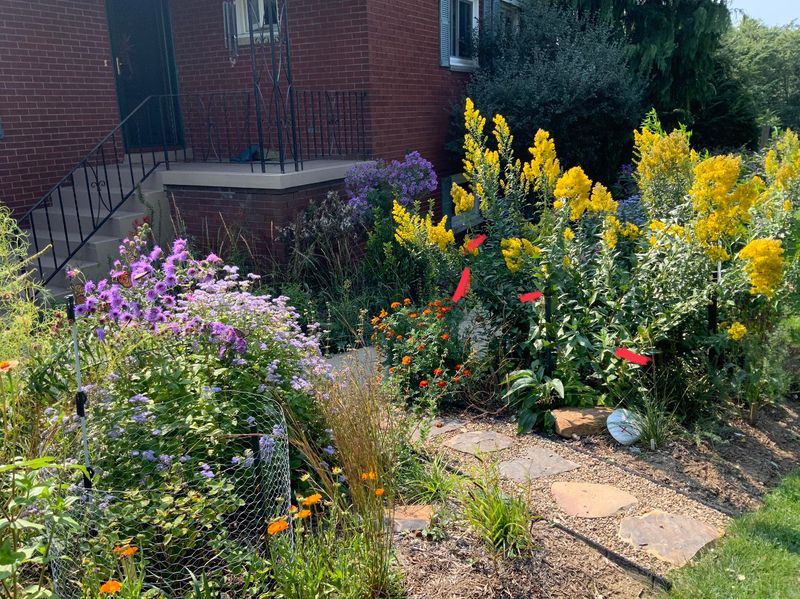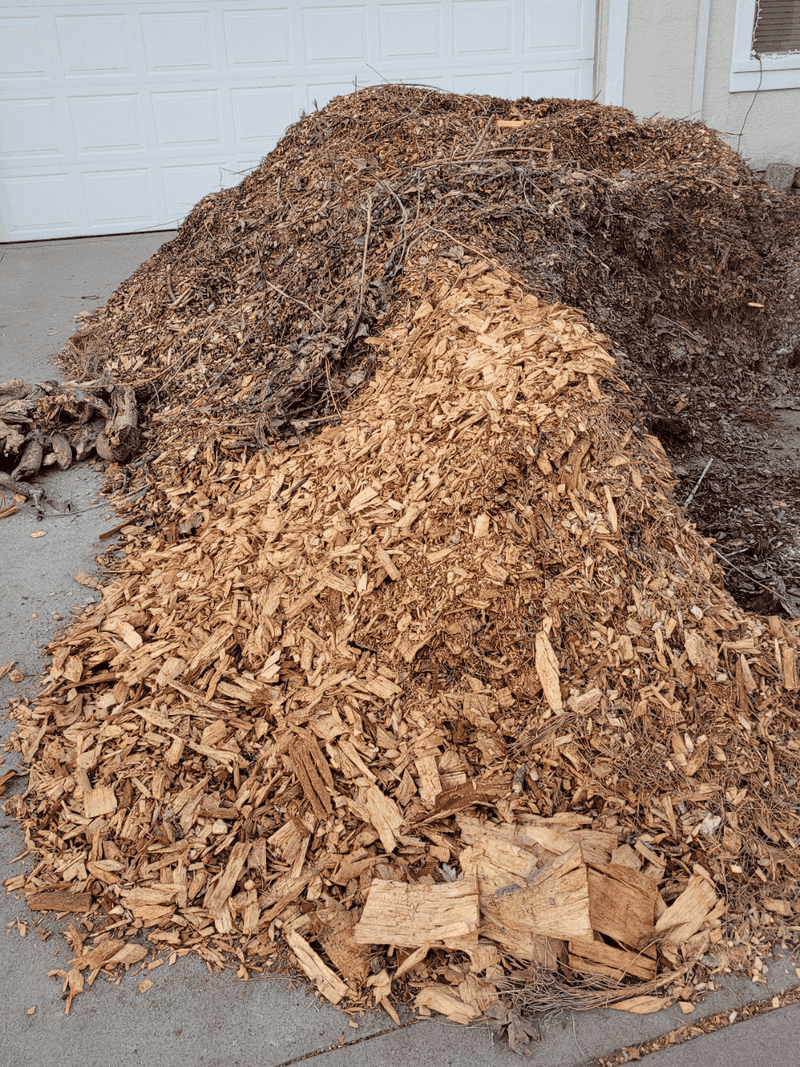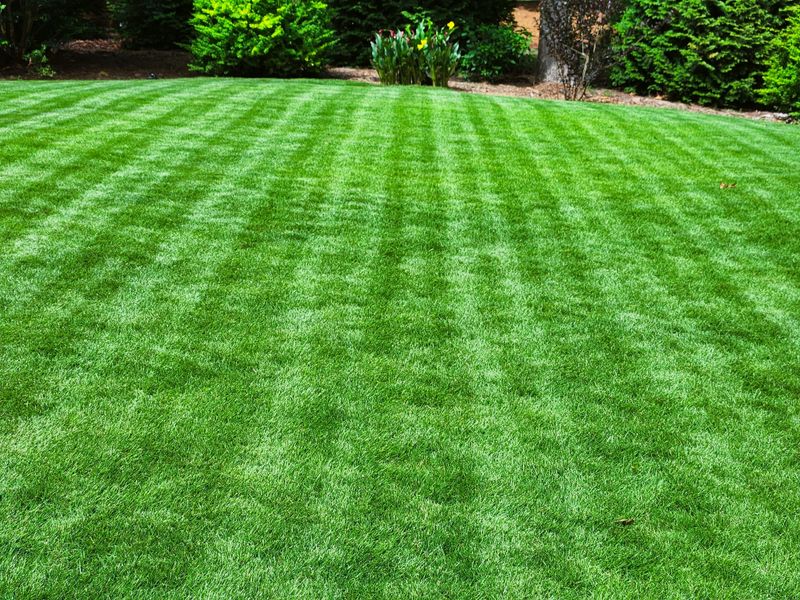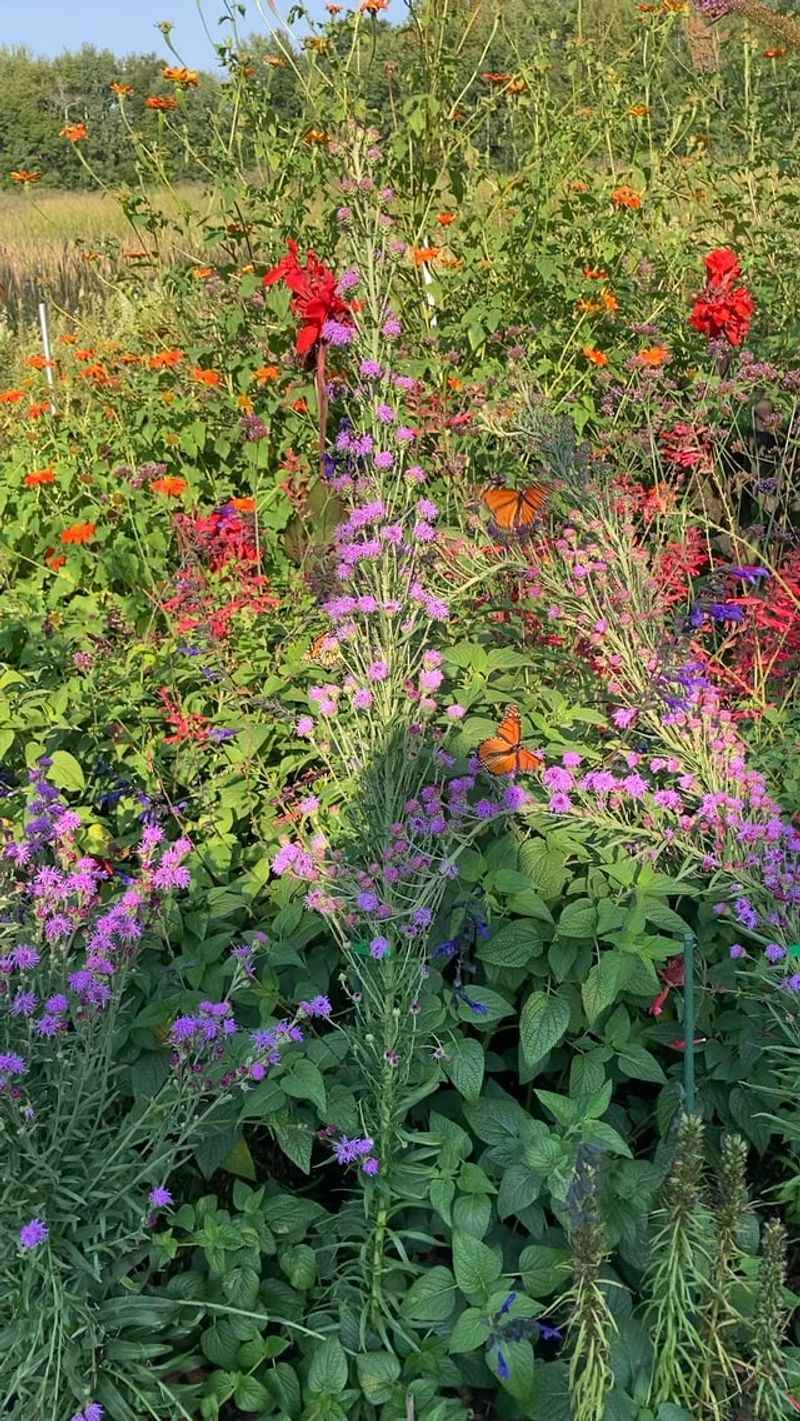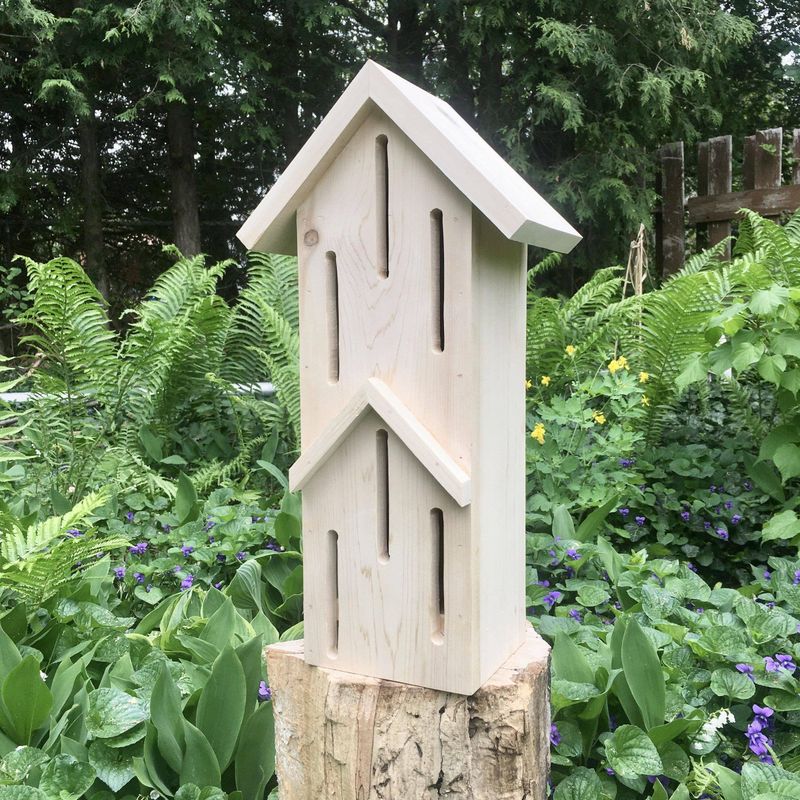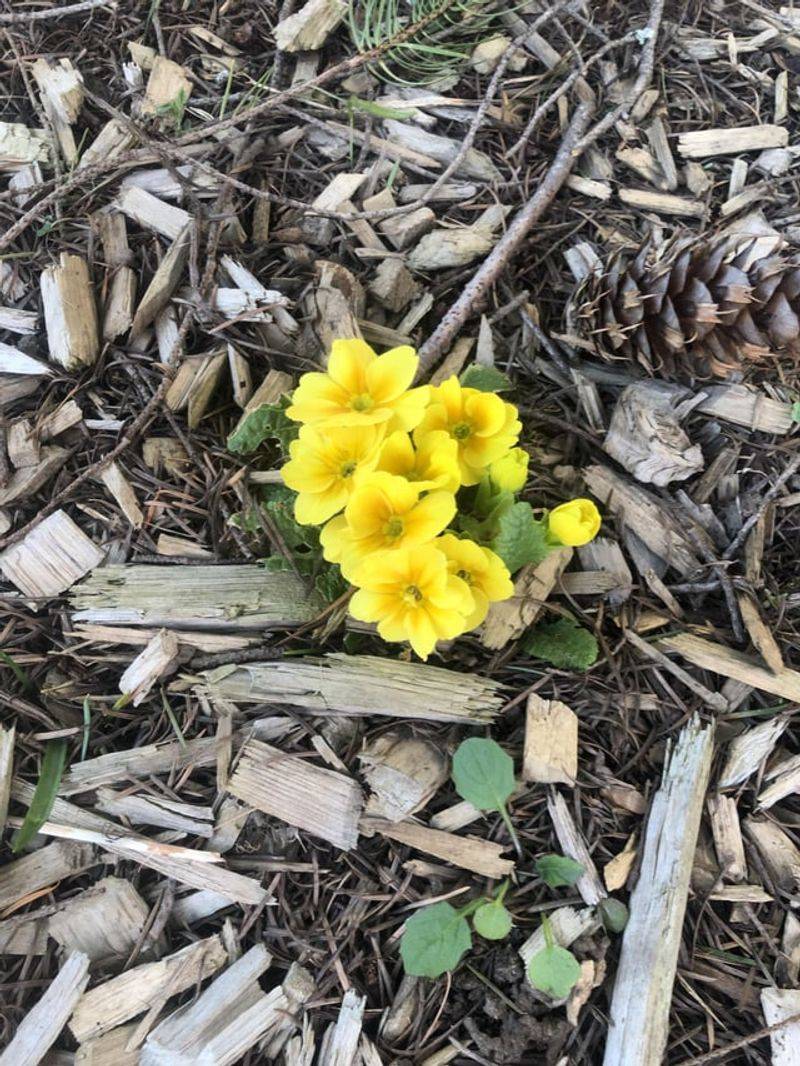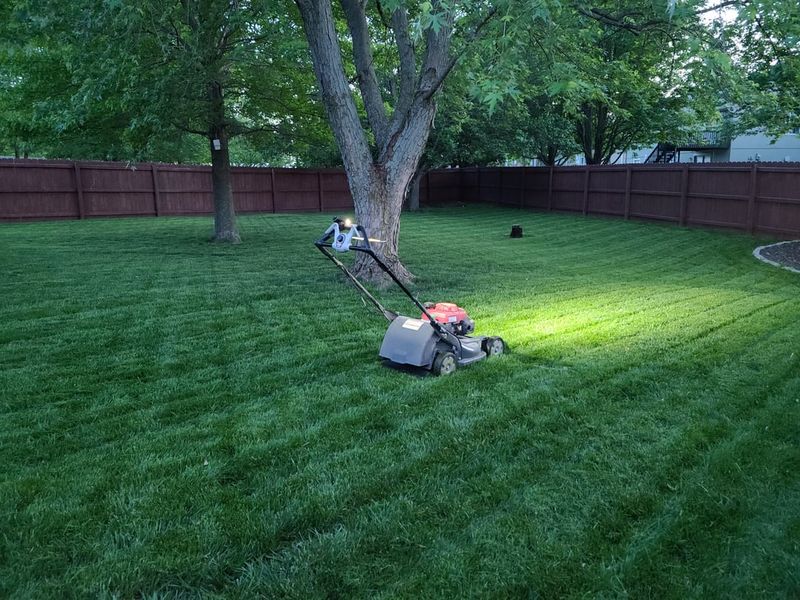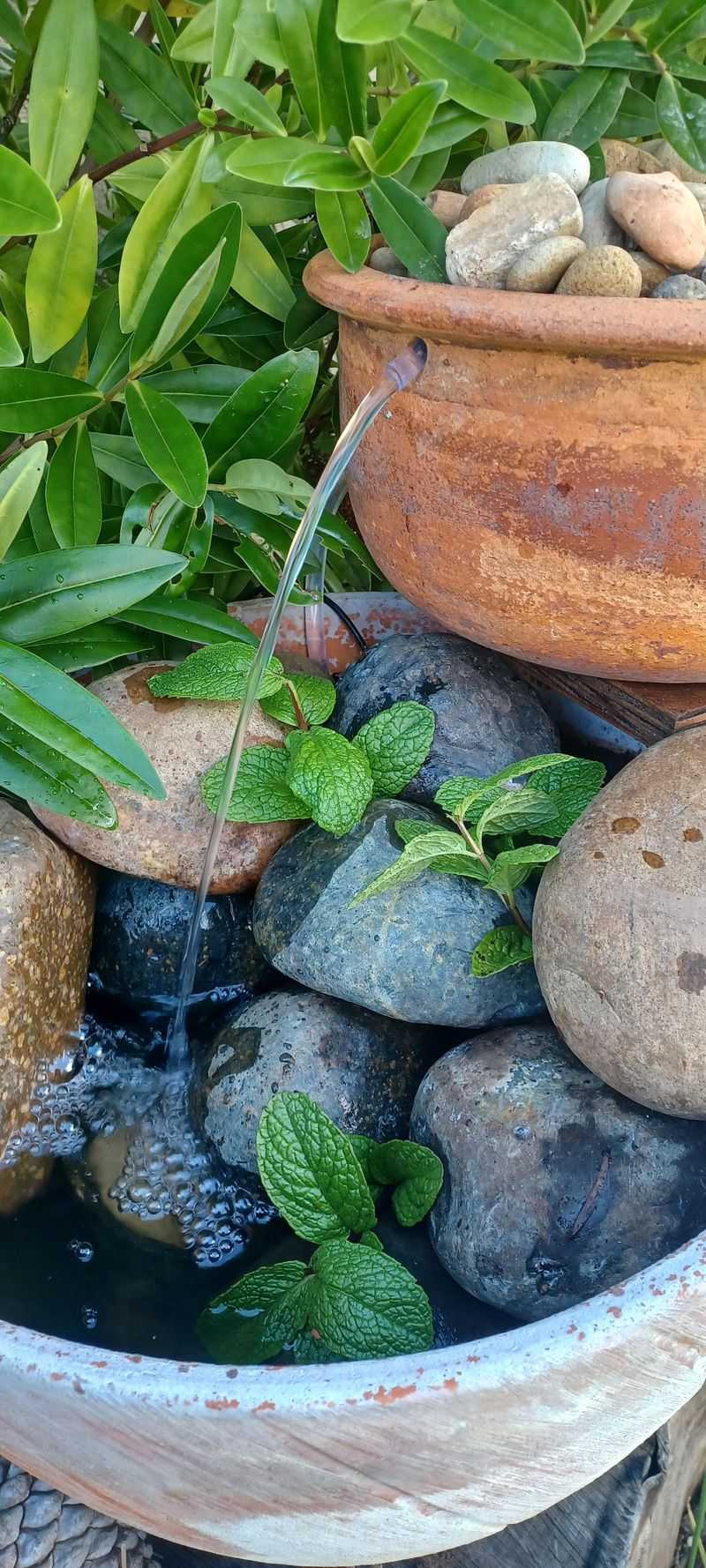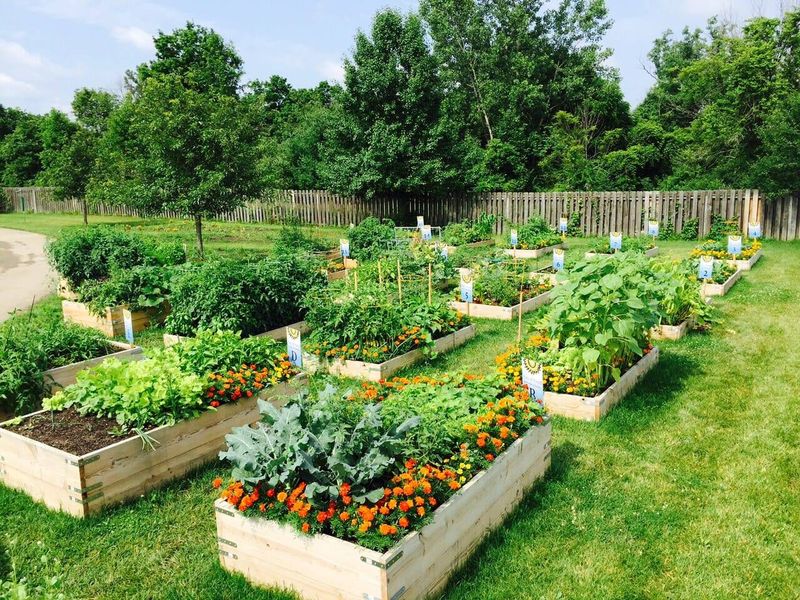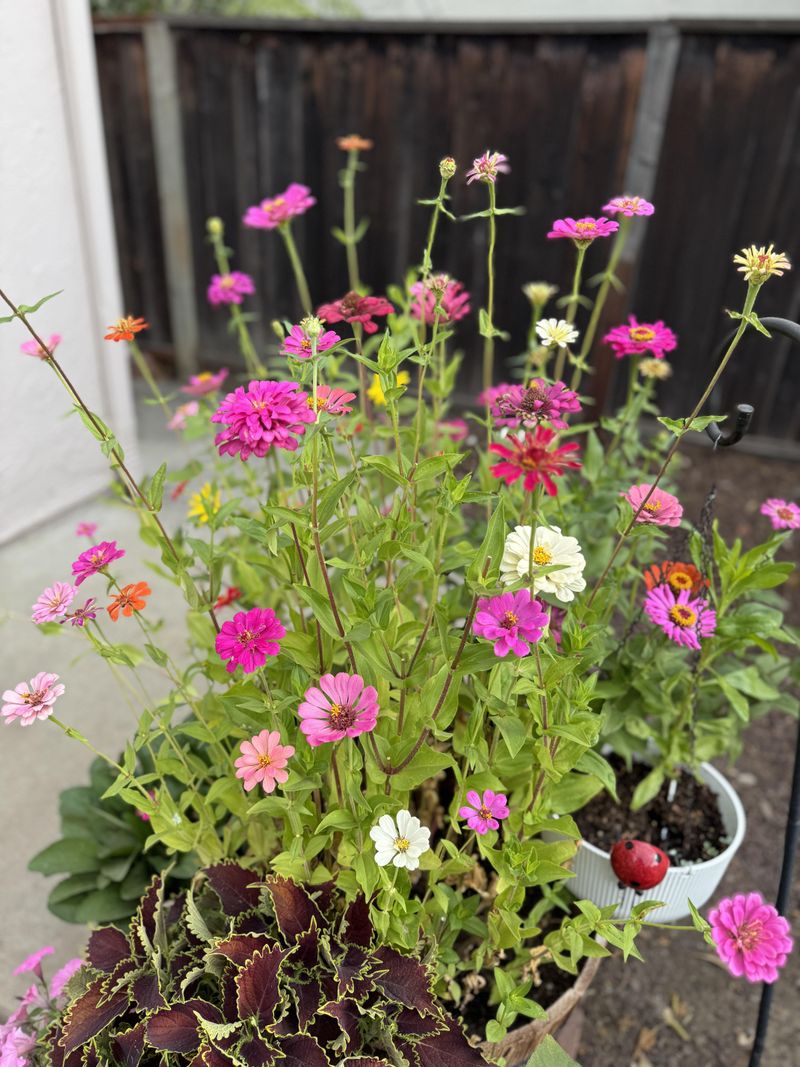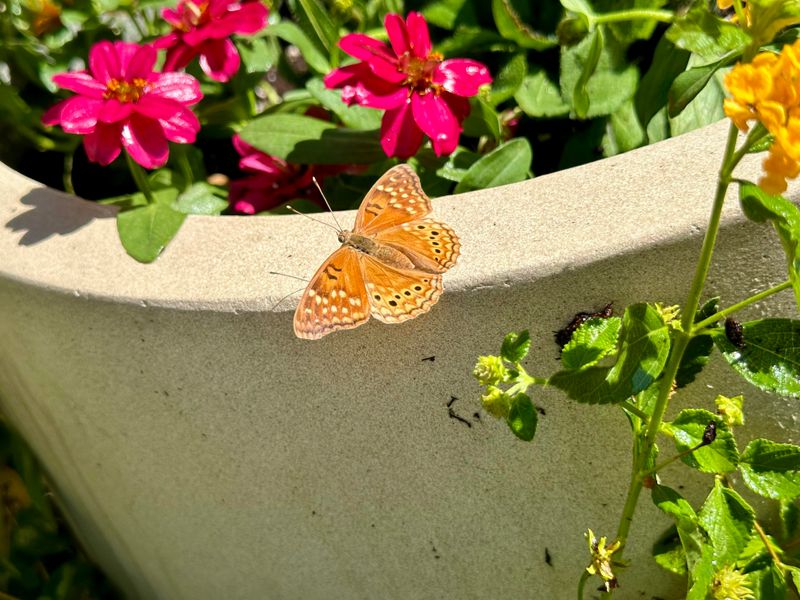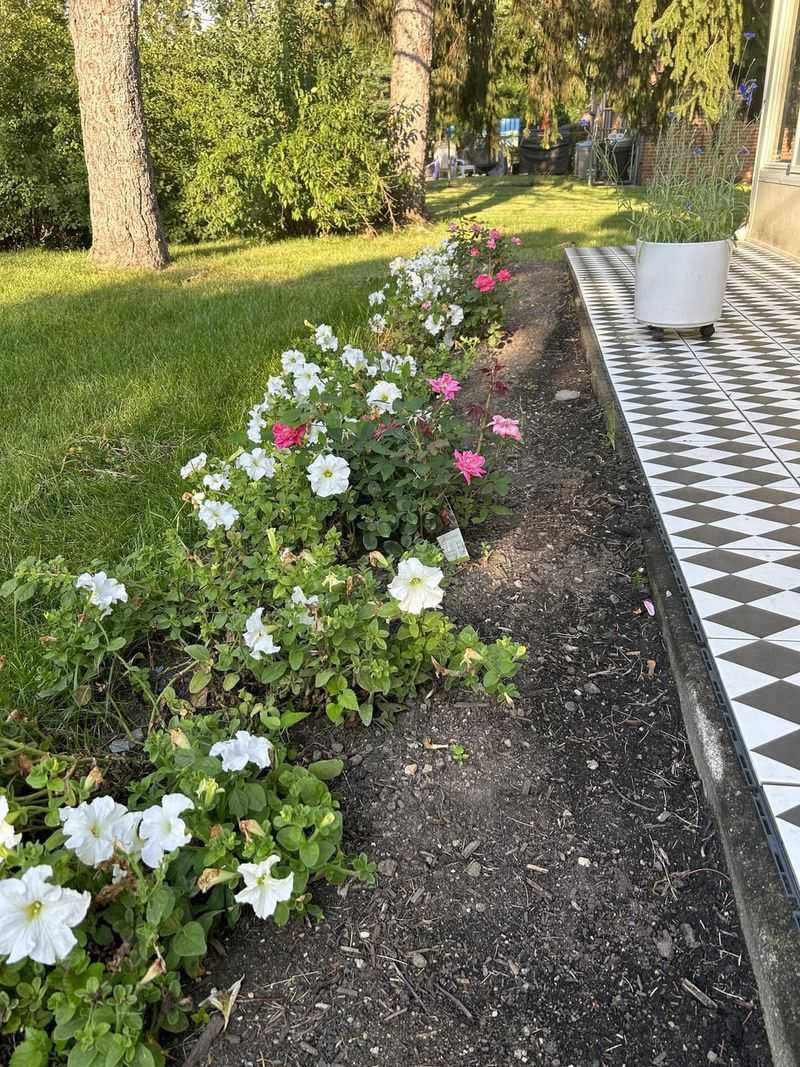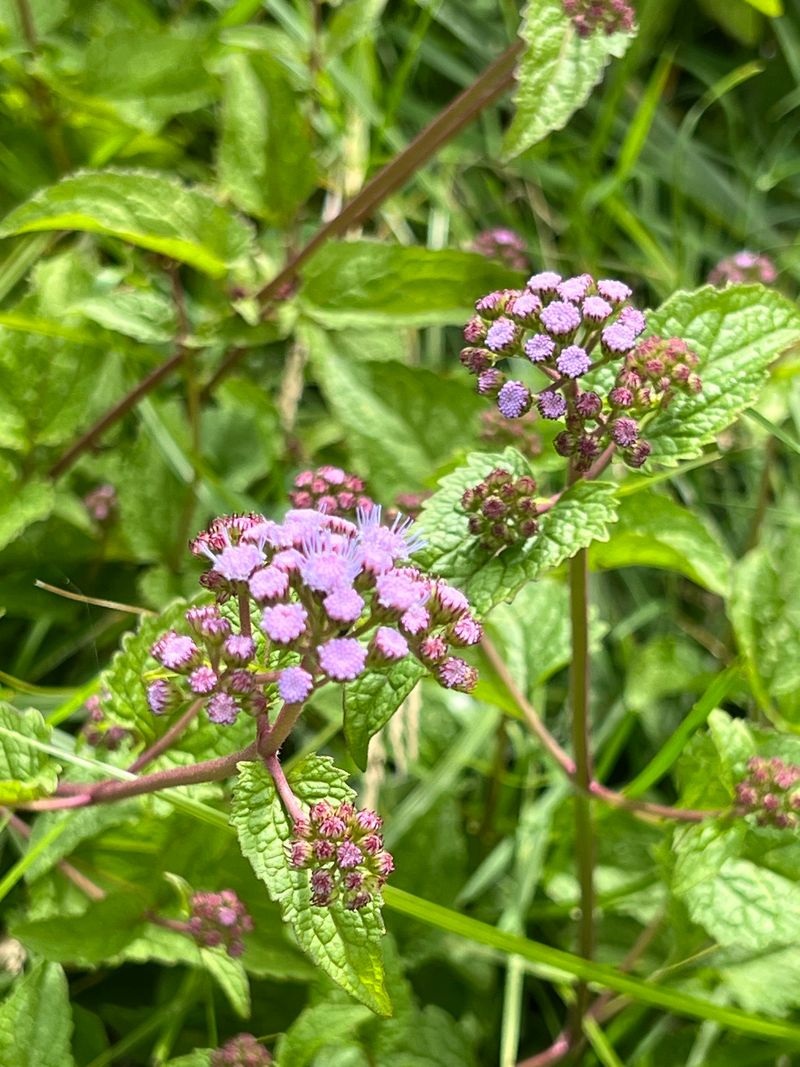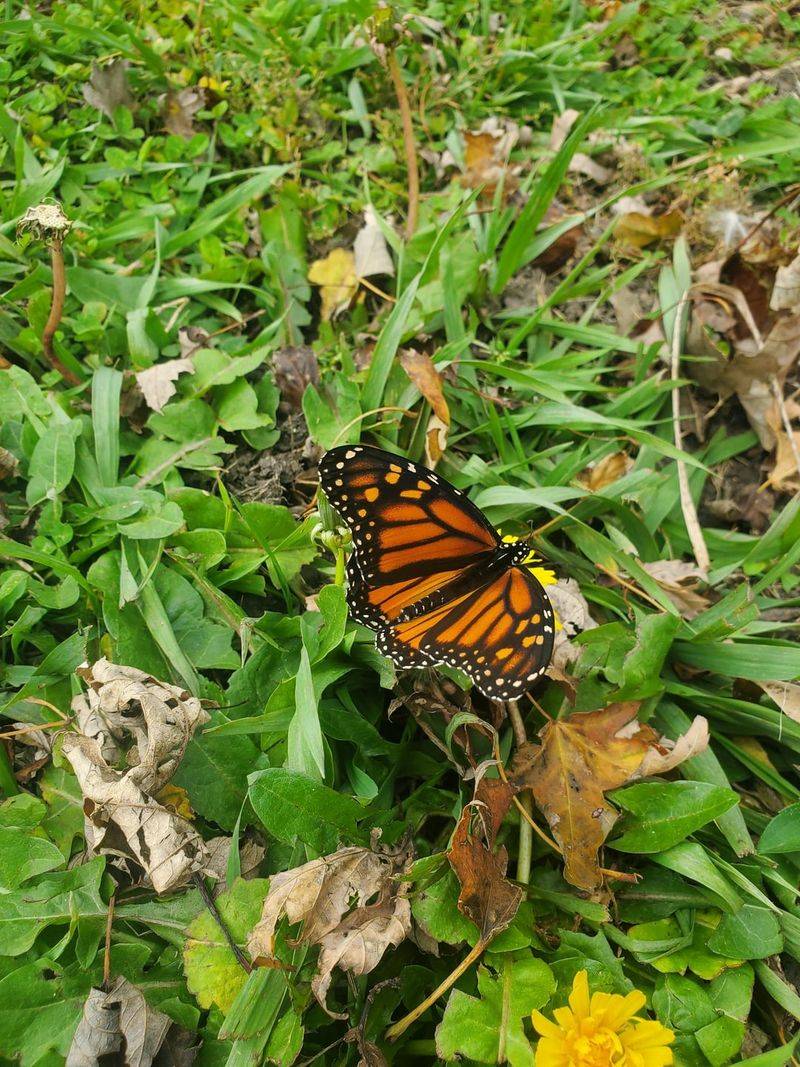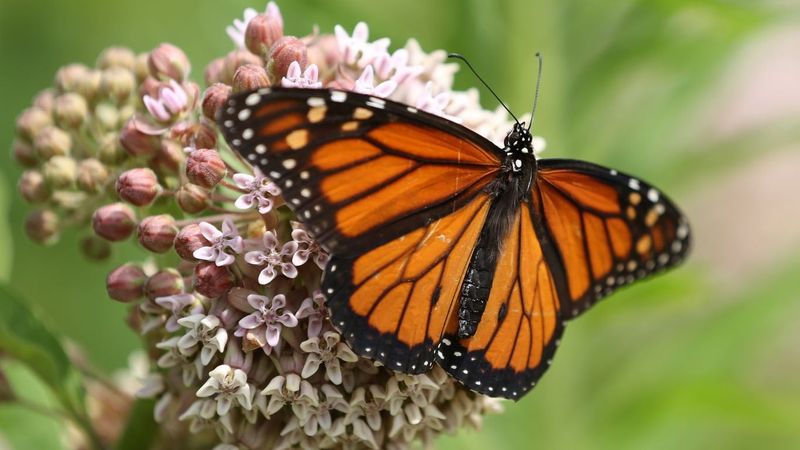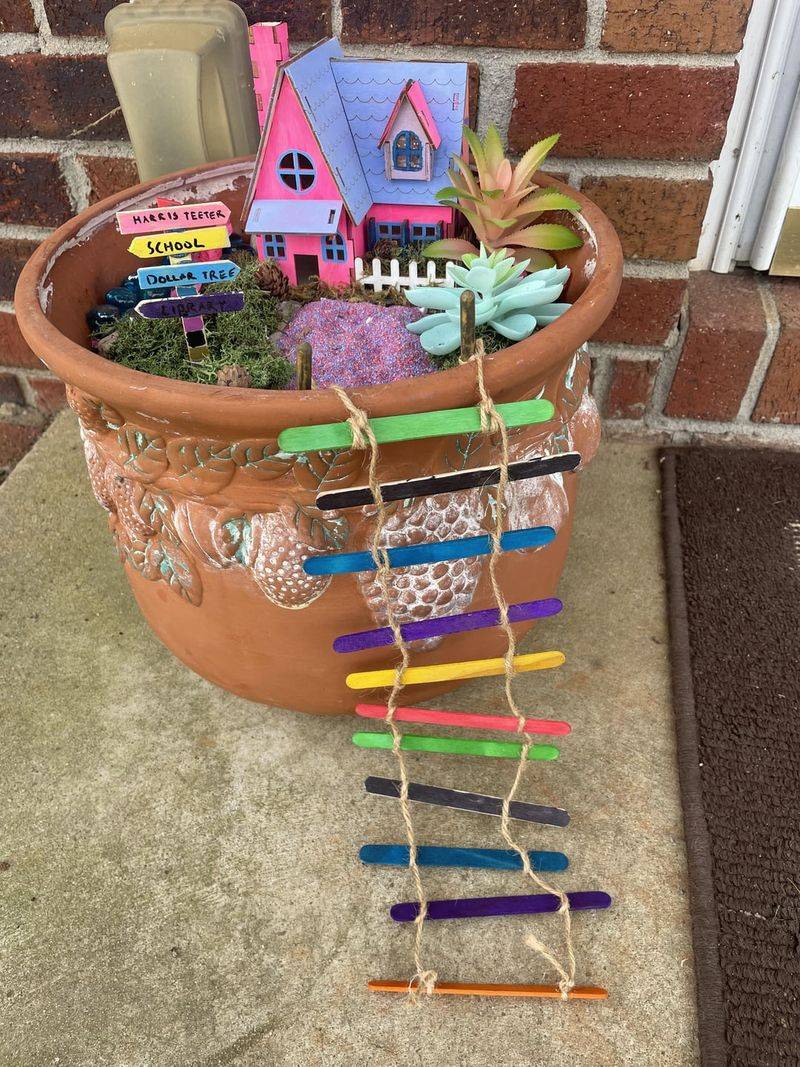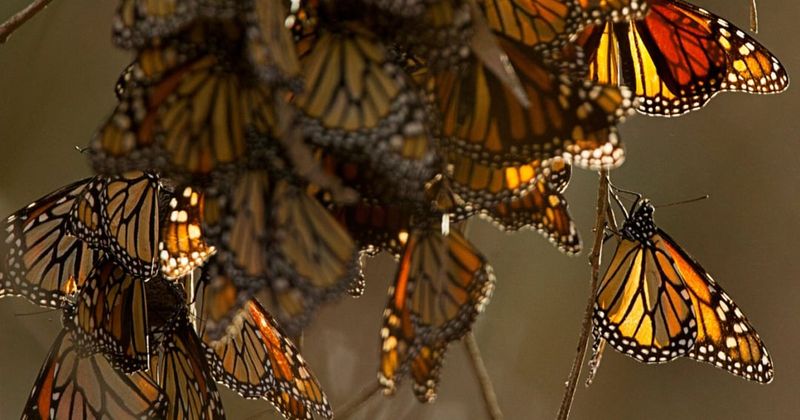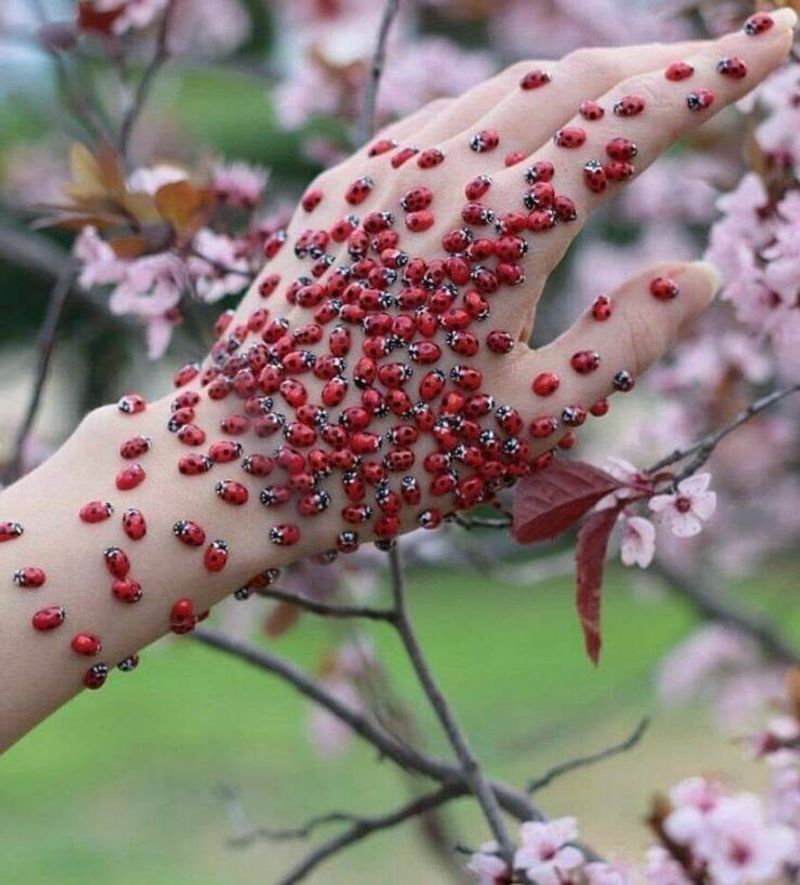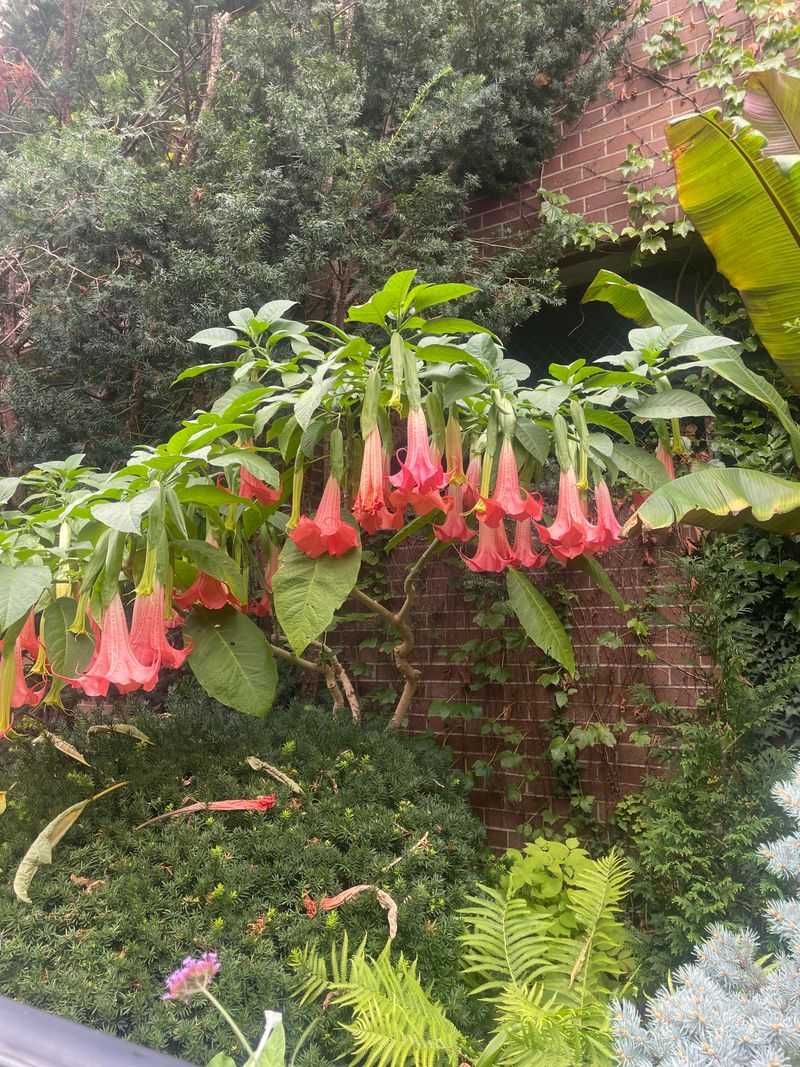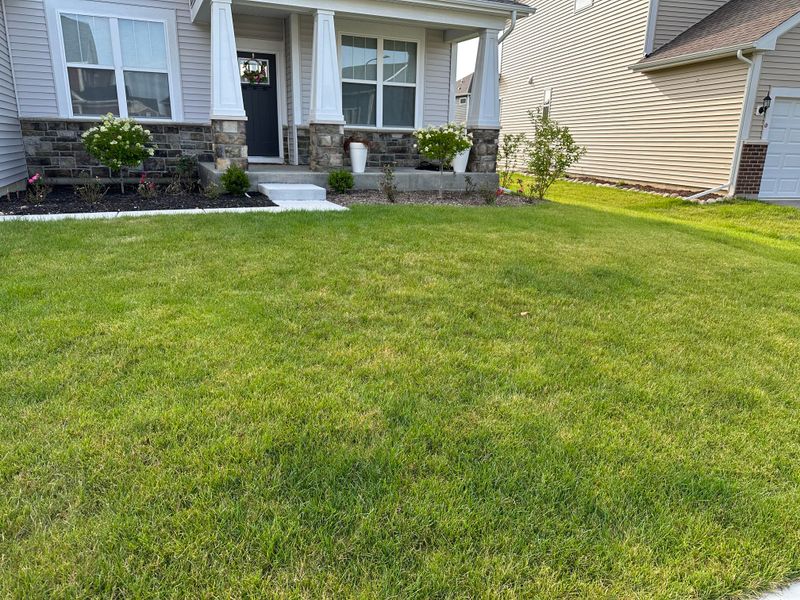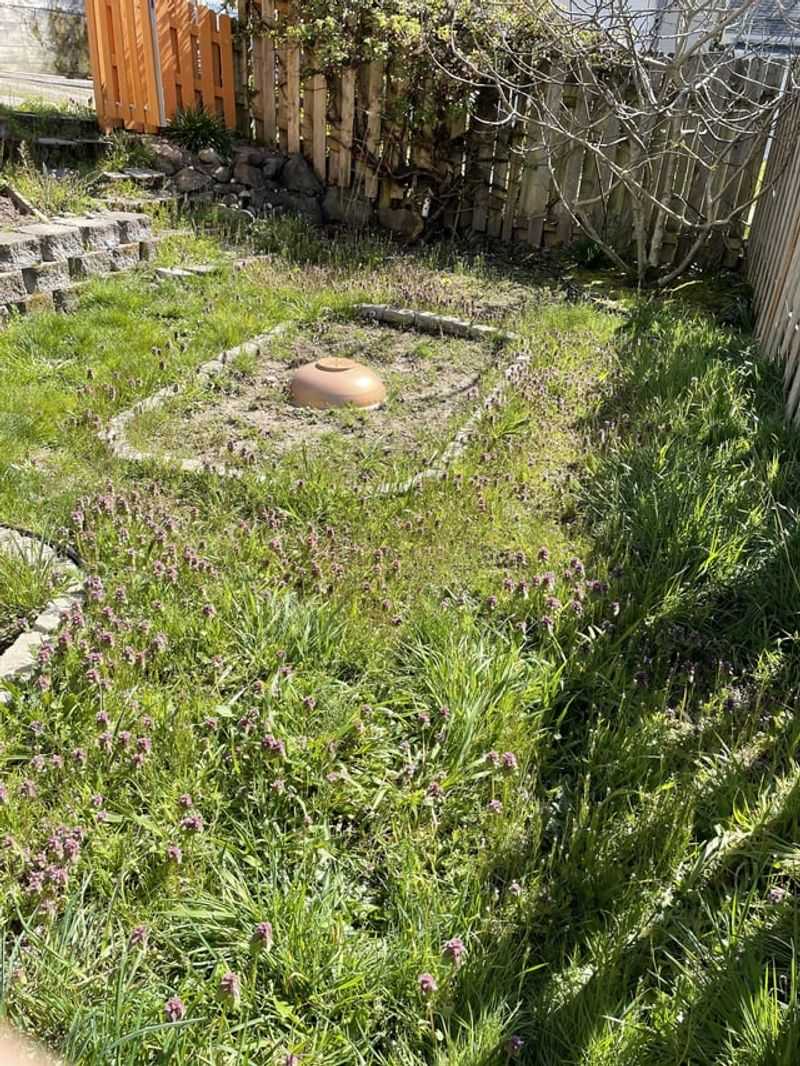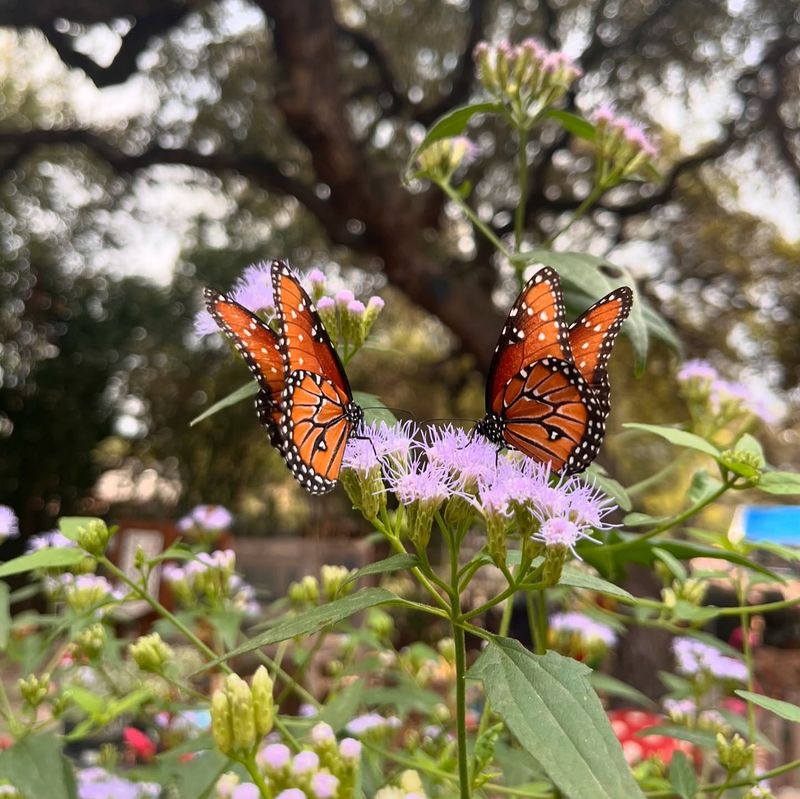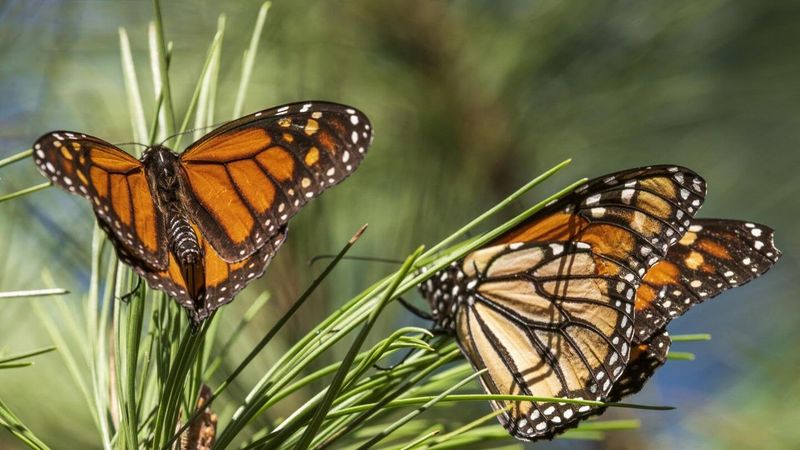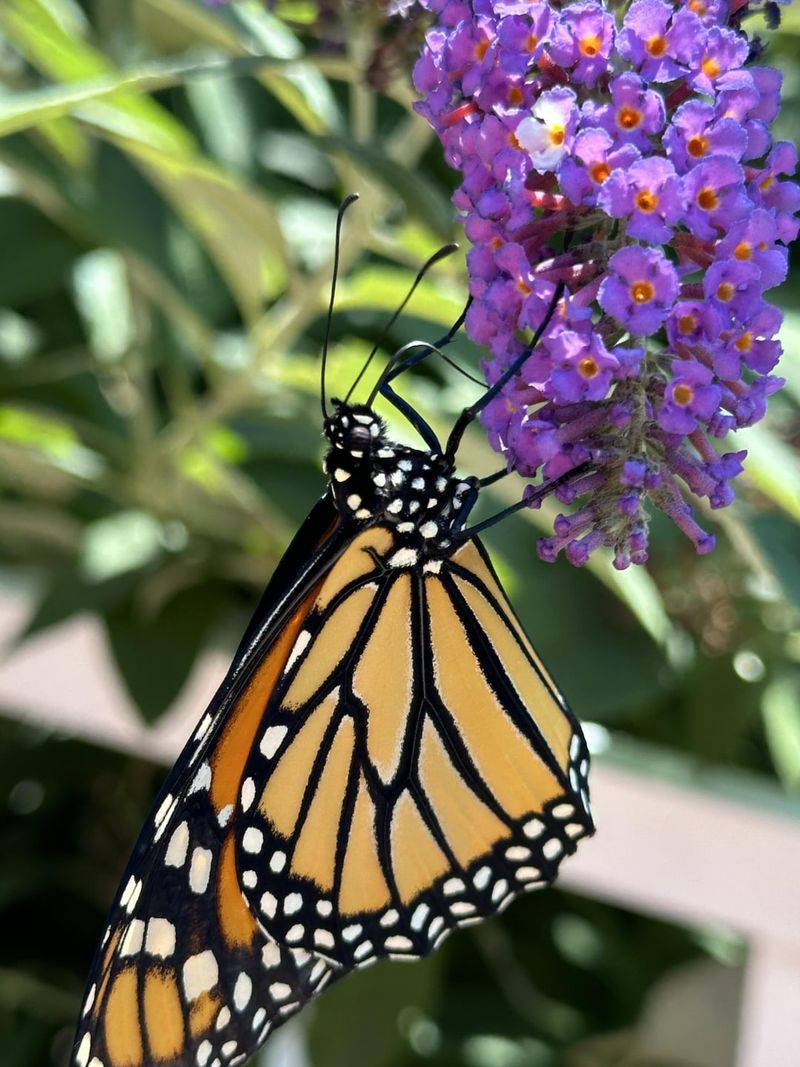Monarch butterflies are a beautiful sight in any garden, but did you know there are a few key things you can do to protect them? I’ve learned that creating a butterfly-friendly space is easier than it sounds, and with just a few tips, your garden can become a safe haven for these amazing creatures.
From planting the right flowers to keeping predators at bay, these tips will help ensure monarchs thrive in your garden. Whether you’re new to gardening or a seasoned pro, these simple steps will make a big difference.
Let’s explore how we can do our part in protecting these incredible butterflies!
1. Plant Milkweed for Monarchs
If you want monarchs to visit your garden, milkweed is a must! Not only do they lay their eggs on it, but the caterpillars chow down on the leaves.
It’s a perfect food source for them. Plus, milkweed has stunning flowers, so it’s a win-win for your garden and the butterflies.
2. Create a Butterfly-Friendly Habitat
A great garden for monarchs is more than just flowers. Add some tall plants and shrubs to create little cozy spots where they can hide from predators.
Don’t forget a shallow dish of water—they’ll thank you for it. With a mix of plants and shelter, your garden will be the perfect stop for these beautiful butterflies.
3. Avoid Pesticides in Your Garden
Pesticides are a big no-no for monarchs. They can mess up their habitat and even kill them.
Instead, go organic and use natural pest-control methods. Your garden will stay healthy without harming the butterflies that call it home.
4. Provide Shelter and Shade
Monarchs love a cool place to rest after a long day of flying. Plant a few taller bushes or trees to provide some shady spots.
Butterfly houses or even a pile of logs can give them a quiet place to chill. Shelter in your garden means they’ll stick around longer.
5. Grow Native Plants
Native plants are monarchs’ best friends! They’re perfectly suited to your local climate and offer the best food and shelter.
Grow a variety of native plants to make your garden irresistible to butterflies. Not only do they help monarchs, but they’re also low-maintenance and beautiful.
6. Use Natural Mulch
Mulch is more than just decoration—it’s a monarch-friendly must-have. Use natural materials like wood chips or straw to keep the soil moist and cool.
Monarch caterpillars love a stable environment, and mulch helps create that. Plus, it’s an easy way to keep your garden healthy without chemicals.
7. Limit Lawn Care
Monarchs aren’t fans of pristine lawns—they prefer wild, messy gardens full of flowers. Cut back on lawn space to make room for butterfly-friendly plants.
The less grass, the fewer chemicals you’ll need to use. More wildflowers and less lawn equals more monarchs!
8. Create a Butterfly Garden Zone
Designate a special butterfly zone in your garden. This could be a small corner or even a dedicated bed full of flowers, milkweed, and native plants.
Monarchs love having a spot to feed and rest, and this will encourage them to hang out more. Keep it wild and wonderful, and the butterflies will love it.
9. Add a Butterfly House
Want to make your garden a monarch haven? Add a butterfly house! These little shelters give monarchs a safe place to sleep and rest.
You can buy them or even build your own—either way, it’s a cozy addition to your butterfly-friendly garden.
10. Plant Early and Late-Season Flowers
Help monarchs out by planting flowers that bloom early and late in the season. This gives them a consistent food source all year long. Whether it’s the first buds of spring or the last blooms of fall, monarchs will be grateful for the steady supply of nectar.
11. Avoid Mowing Too Often
Mowing might be great for keeping your lawn neat, but it’s not monarch-friendly. It destroys habitat and eliminates food sources.
Let the grass grow a bit, and you’ll create a more natural space for butterflies. Less mowing means more monarch-friendly plants can thrive.
12. Provide a Water Source
Monarchs need water, too! Set up a shallow birdbath or small dish in your garden to give them a place to drink.
Add rocks or twigs for them to perch on. A little water goes a long way in keeping your monarchs hydrated and happy.
13. Avoid Chemical Fertilizers
Chemical fertilizers may make your plants grow fast, but they can harm monarchs and other wildlife.
Opt for natural, organic fertilizers that enrich the soil without causing harm. Healthy soil means healthy plants, which in turn means healthy monarchs. It’s a win-win!
14. Plant a Variety of Flowers
Monarchs are more likely to stick around if you have a wide variety of flowers. The more options they have for nectar, the better.
From zinnias to asters, fill your garden with colorful blooms that will attract these beautiful butterflies. The more diverse your garden, the more butterflies it will attract!
15. Provide Protection from Wind
Monarchs are delicate creatures, and strong winds can take a toll. Plant tall plants or hedges to act as windbreaks.
This gives monarchs a sheltered spot to rest when the breeze picks up. A little protection from the wind can make a big difference in keeping your monarchs safe.
16. Leave Some Areas Wild
Monarchs love a bit of wildness in the garden! Leave a small patch of untamed plants or grasses. This is where caterpillars can munch on leaves and eventually form their chrysalises.
A wild patch adds beauty and function to your garden, creating a perfect haven for monarchs.
17. Plant for All Stages of Life
Help monarchs at every stage of their life cycle! Plant milkweed for caterpillars, and nectar-rich flowers for the adults.
Providing food and shelter for each stage of life means your garden will support monarchs from egg to butterfly. This will encourage more monarchs to stick around and breed.
18. Create a Monarch Migration Pathway
Monarchs need a path to travel, so create a garden that can serve as part of their migration route.
Plant plenty of nectar-rich flowers along their migratory path to give them fuel for the long journey. It’s like creating a rest stop for butterflies!
19. Support Local Monarch Programs
Get involved in local conservation efforts! Many organizations focus on protecting monarchs, and by supporting them, you help ensure these butterflies thrive.
Whether it’s volunteering, donating, or simply spreading awareness, you’ll be part of the solution. Together, we can help protect monarchs for future generations.
20. Avoid Pruning Too Much
Pruning is important, but over-pruning can damage plants that monarchs need. Leave some plants intact so monarchs can find food and shelter.
A little overgrowth is great for creating a more natural, butterfly-friendly space. Let nature do its thing, and the monarchs will thank you!
21. Use Non-Toxic Paint for Garden Decor
Painted garden decor might look cute, but some paints can be toxic to butterflies. If you add decor to your garden, choose non-toxic, eco-friendly paints.
It’s a small change that can make a big difference in keeping monarchs safe in your space. Plus, it’s better for the environment!
22. Create Monarch Nurturing Zones
Set up specific “nurturing zones” where monarchs can rest, feed, and lay eggs. These areas should be full of milkweed, nectar flowers, and tall plants.
Make sure there’s enough shelter and water, and your nurturing zones will be the perfect place for monarchs to thrive. The more zones you have, the better!
23. Encourage Butterfly-Friendly Insects
Invite other helpful insects into your garden, like ladybugs and bees. They work with monarchs to keep the ecosystem balanced.
Planting a mix of flowers that attract pollinators will support all types of beneficial insects. A garden full of friendly bugs creates a safe space for monarchs and other pollinators.
24. Plant Flowers with Long Blooms
Monarchs will stick around longer if you have flowers that bloom over an extended period. Consider planting perennials that offer nectar for weeks or even months.
The longer the blooms last, the more time monarchs have to refuel. These flowers ensure your garden stays full of life all season long.
25. Limit Use of Lawn Chemicals
Lawn chemicals are often toxic to monarchs and other wildlife. By cutting back on chemical treatments, you create a safer space for butterflies to thrive.
Opt for natural alternatives when caring for your lawn. A chemical-free yard is a happy, healthy place for monarchs to visit.
26. Provide Leaf Piles for Shelter
Monarchs sometimes need a cozy, quiet place to rest. Leaf piles are a great option! Monarchs can hide in these piles for protection and warmth.
So, instead of bagging up all the leaves in the fall, leave a few piles for the butterflies to enjoy.
27. Use Natural Weed Control
Weeds can be a hassle, but chemical weed killers aren’t the solution.
Use natural weed control methods like mulching, hand-pulling, or using organic herbicides. This helps keep your garden healthy for monarchs and all the critters that call it home.
28. Attract Monarchs with Fragrant Flowers
Monarchs love flowers that give off a strong, sweet fragrance. Add plants like lavender, lilacs, and sweet alyssum to your garden to attract them.
The more fragrant flowers you have, the more likely monarchs will stop by for a snack. Plus, these flowers make your garden smell amazing!
29. Encourage Monarch Breeding
Help monarchs breed by providing plenty of milkweed and nectar flowers. These plants are crucial for attracting adult monarchs to lay eggs.
The more you offer, the more likely they’ll return to your garden year after year. A breeding ground for monarchs means a thriving butterfly population.
30. Educate Others About Monarchs
Spread the word about the importance of monarchs! Educating friends, family, and neighbors can help create a community of butterfly-friendly gardens.
The more people that help, the better the chance monarchs will have. Together, we can all protect these incredible creatures and their habitats.

